Send In Your Photo For A Colour Match Exchanges until you find the perfect match!
The Perfect Timing for Your Next Hair Trim: A Guide to Maintaining Healthy, Vibrant Locks
In the ever-evolving world of hair care, one question often arises: when is the best time to get a hair trim? As the guardian of your tresses, this decision holds the key to maintaining the health, vibrancy, and overall appearance of your hair. Whether you're seeking to revive damaged ends, enhance your style, or simply maintain your current look, understanding the optimal timing for a hair trim can make all the difference.
The Importance of Regular Trims
Regular hair trims are essential for the well-being of your locks. As your hair grows, the ends become susceptible to split ends, breakage, and a dull, lifeless appearance. Trimming off these damaged ends not only refreshes your style but also promotes healthy growth by preventing further split ends from traveling up the hair shaft. Additionally, regular trims can help maintain the shape and style of your haircut, ensuring that your look remains polished and cohesive.
Factors to Consider
When determining the best time for a hair trim, several factors come into play. These include your hair type, length, and the condition of your ends. Additionally, your personal styling preferences and the desired look you wish to achieve can also influence the optimal timing.
Hair Type and Length
The frequency of your hair trims can vary depending on your hair type and length. Generally, individuals with finer, straighter hair may require more frequent trims, as their hair tends to become damaged and split more quickly. Conversely, those with thicker, curlier hair may be able to go longer between trims, as their hair is less prone to split ends.
Similarly, the length of your hair can also play a role. Shorter hairstyles often require more frequent trims to maintain their shape and prevent uneven ends, while longer hair may be able to go a bit longer between trims.
Condition of Your Ends
The condition of your hair ends is a crucial factor in determining the right time for a trim. If you notice an abundance of split ends, a dull or frizzy appearance, or a general lack of vibrancy, it's likely time to schedule a trim. Addressing these issues promptly can help prevent further damage and ensure your hair remains healthy and vibrant.
Styling Preferences
Your personal styling preferences can also influence the optimal timing for a hair trim. If you frequently use hot styling tools, such as blow dryers, curling irons, or straighteners, your hair may become more prone to damage and require more frequent trims. Conversely, if you tend to wear your hair in low-maintenance styles, you may be able to go longer between trims.
The Ideal Timing
While there is no one-size-fits-all answer, most hair care experts recommend getting a trim every 6-8 weeks for optimal hair health and appearance. This timeframe allows for the removal of damaged ends while maintaining the overall shape and style of your haircut.
However, it's important to listen to your hair and adjust the frequency of your trims accordingly. If you notice an increase in split ends or a general decline in the condition of your hair, it may be time to schedule a trim, even if it's been less than 6 weeks since your last visit.
Preparing for Your Trim
To ensure the best possible outcome from your hair trim, it's important to prepare your hair and communicate your desired look to your stylist. Here are some tips to help you get the most out of your appointment:
-
Wash and Condition: Arrive at your appointment with clean, freshly washed hair. This allows your stylist to assess the true condition of your ends and make the most informed decisions about the trim.
-
Bring Inspiration: Collect a few images of hairstyles or looks you'd like to achieve. Sharing these with your stylist can help them understand your desired outcome and make recommendations accordingly.
-
Communicate Openly: Be honest with your stylist about your hair concerns, styling habits, and any specific requests you may have. This open dialogue will ensure that your trim is tailored to your unique needs.
-
Trust Your Stylist: While it's important to communicate your preferences, also trust your stylist's expertise. They have the knowledge and experience to recommend the best course of action for the health and appearance of your hair.
Embracing the Transformation
Getting a hair trim can be a transformative experience, revealing the vibrant, healthy hair that lies beneath the damaged ends. Embrace this process and trust that your stylist has your best interests in mind. With the right timing and care, your hair will continue to thrive, leaving you feeling confident and beautiful.
Remember, the journey to healthy, beautiful hair is an ongoing one. By staying attuned to the needs of your hair and scheduling regular trims, you can maintain the look and feel you desire, while also promoting the long-term health and vitality of your locks.
So, the next time you find yourself wondering when the best time is for a hair trim, consider the factors discussed here and trust your instincts. Your hair will thank you for the care and attention you provide, and you'll be rewarded with a stunning, vibrant look that will turn heads wherever you go.
 Free Next Day delivery from the UK
Free Next Day delivery from the UK
 Easy UK Based Returns
Easy UK Based Returns

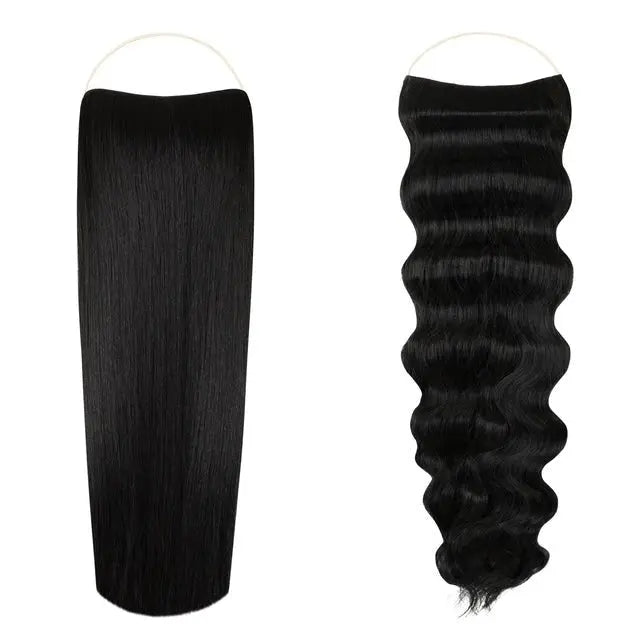
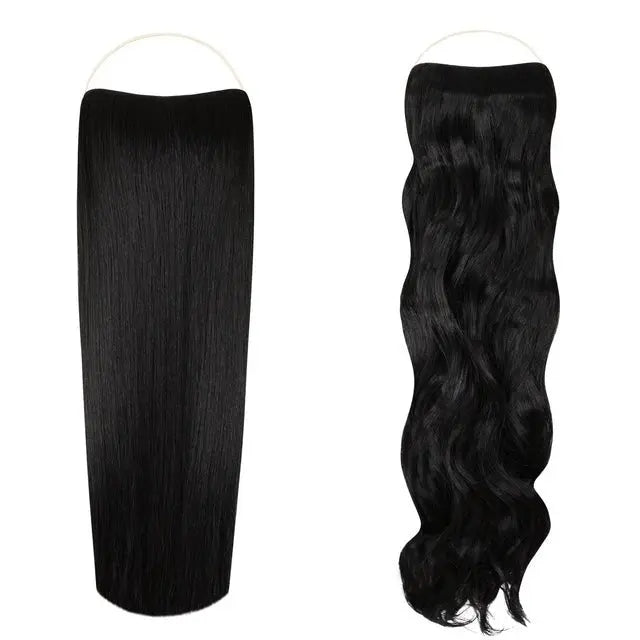
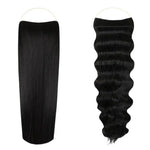
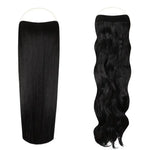
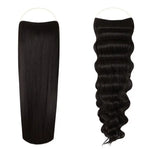
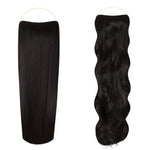
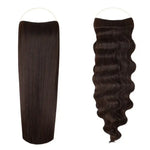

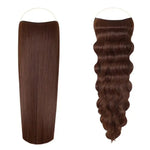

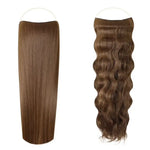
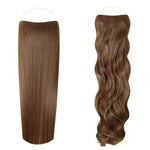
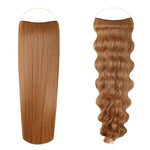
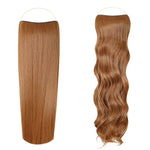
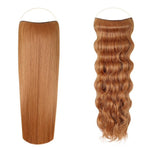
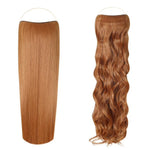

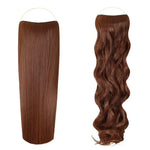
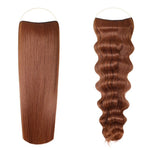
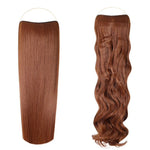
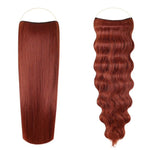
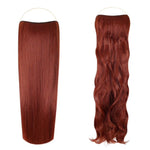
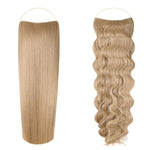
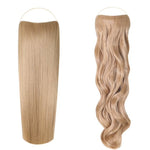
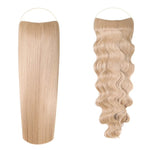
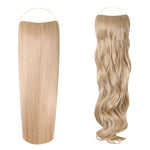
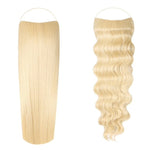
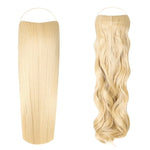
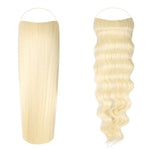
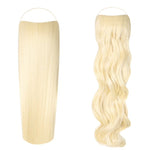
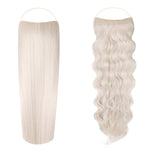
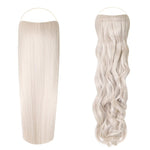
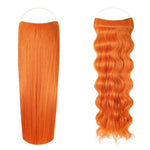

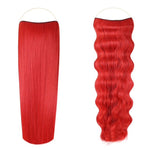




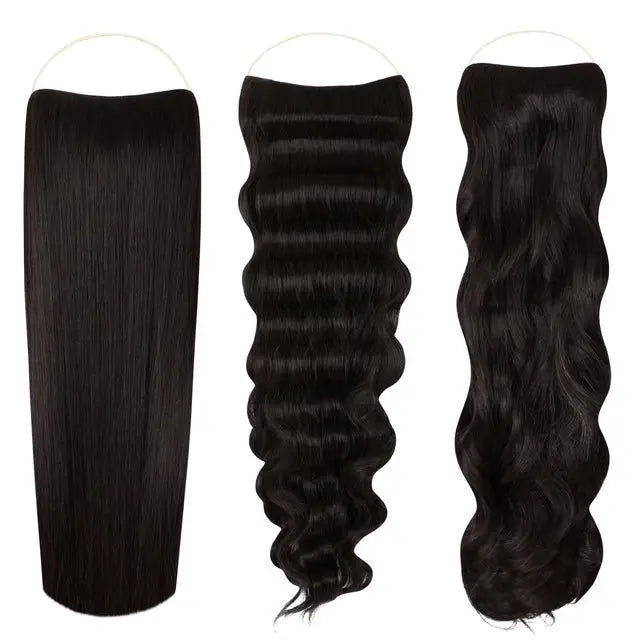
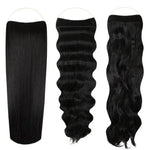
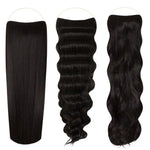
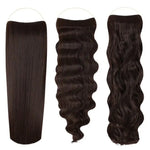
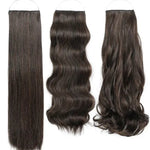
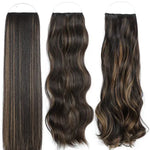
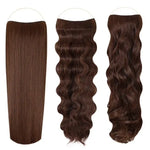
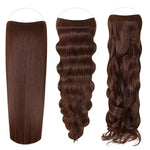
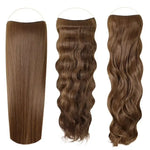
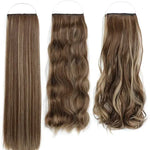
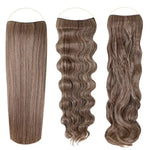

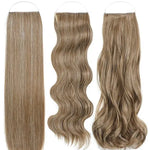
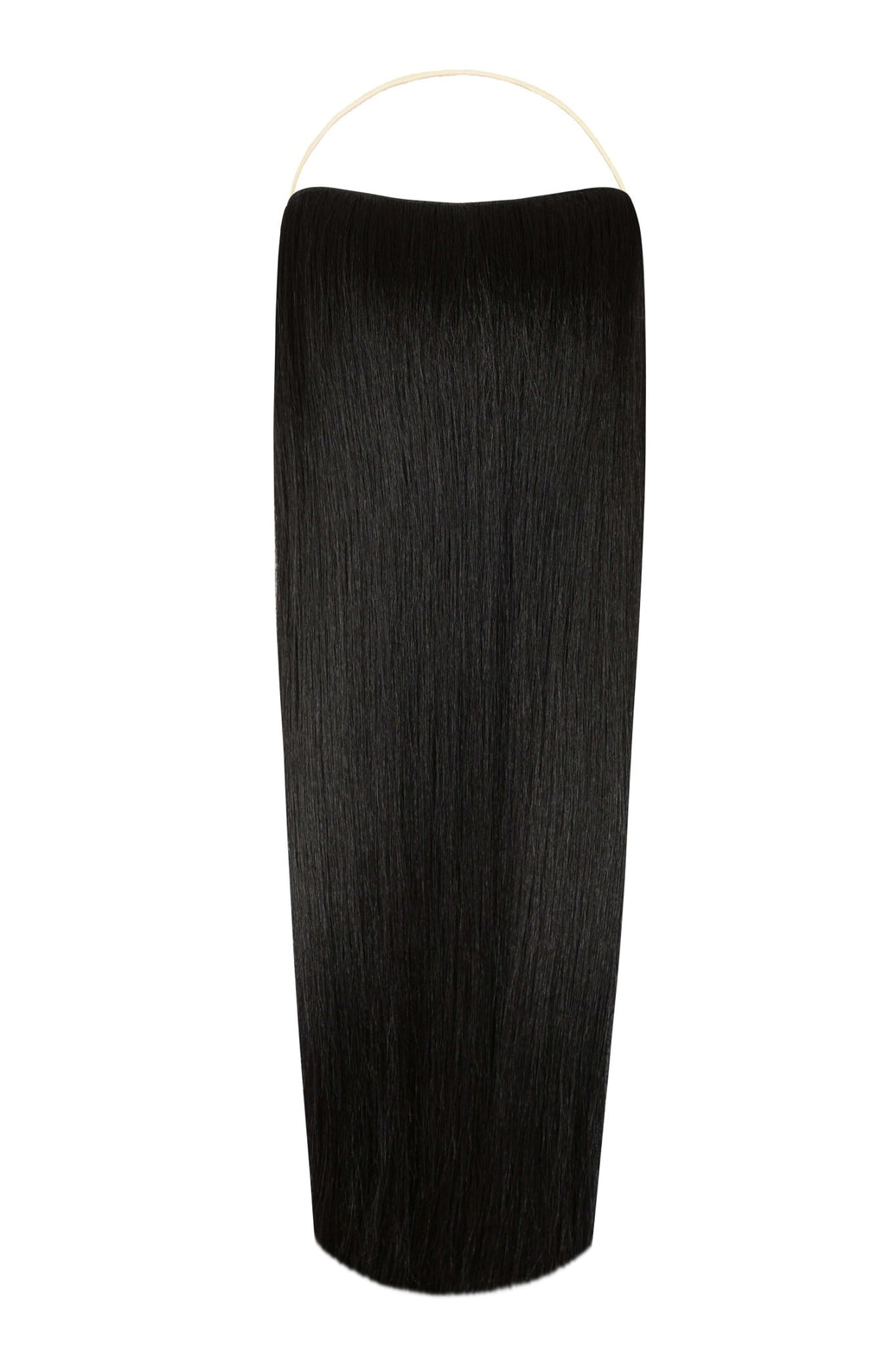
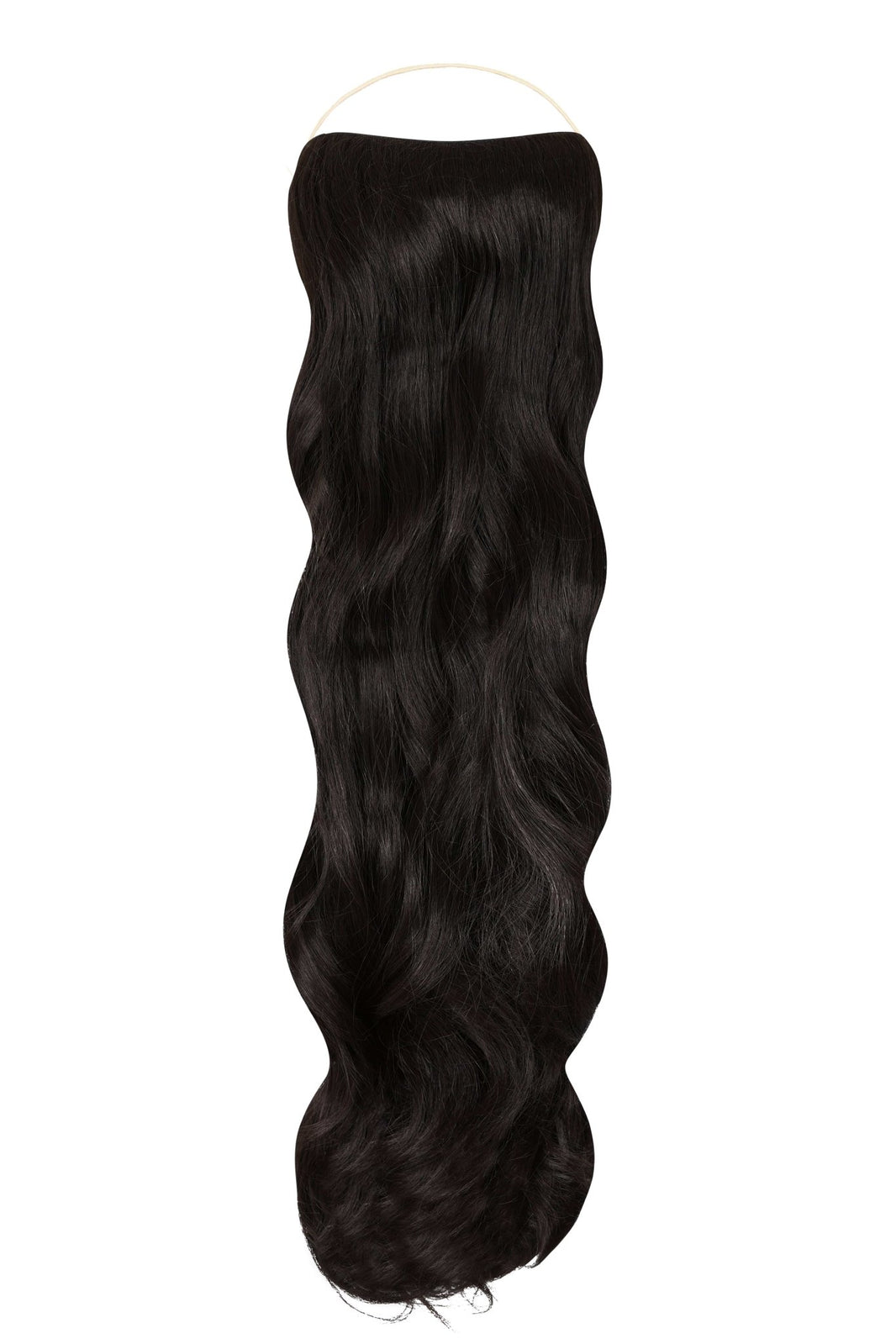
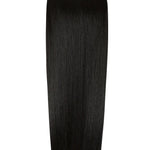
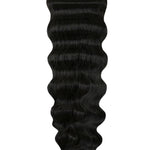
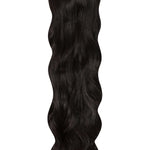
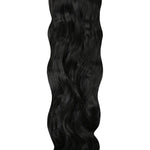
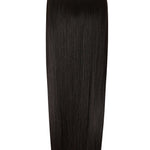
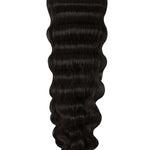
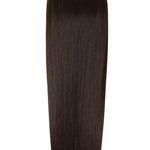
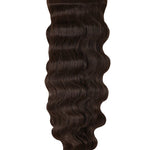
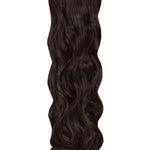
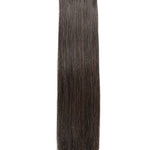
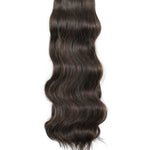
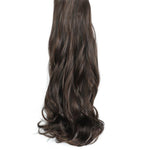
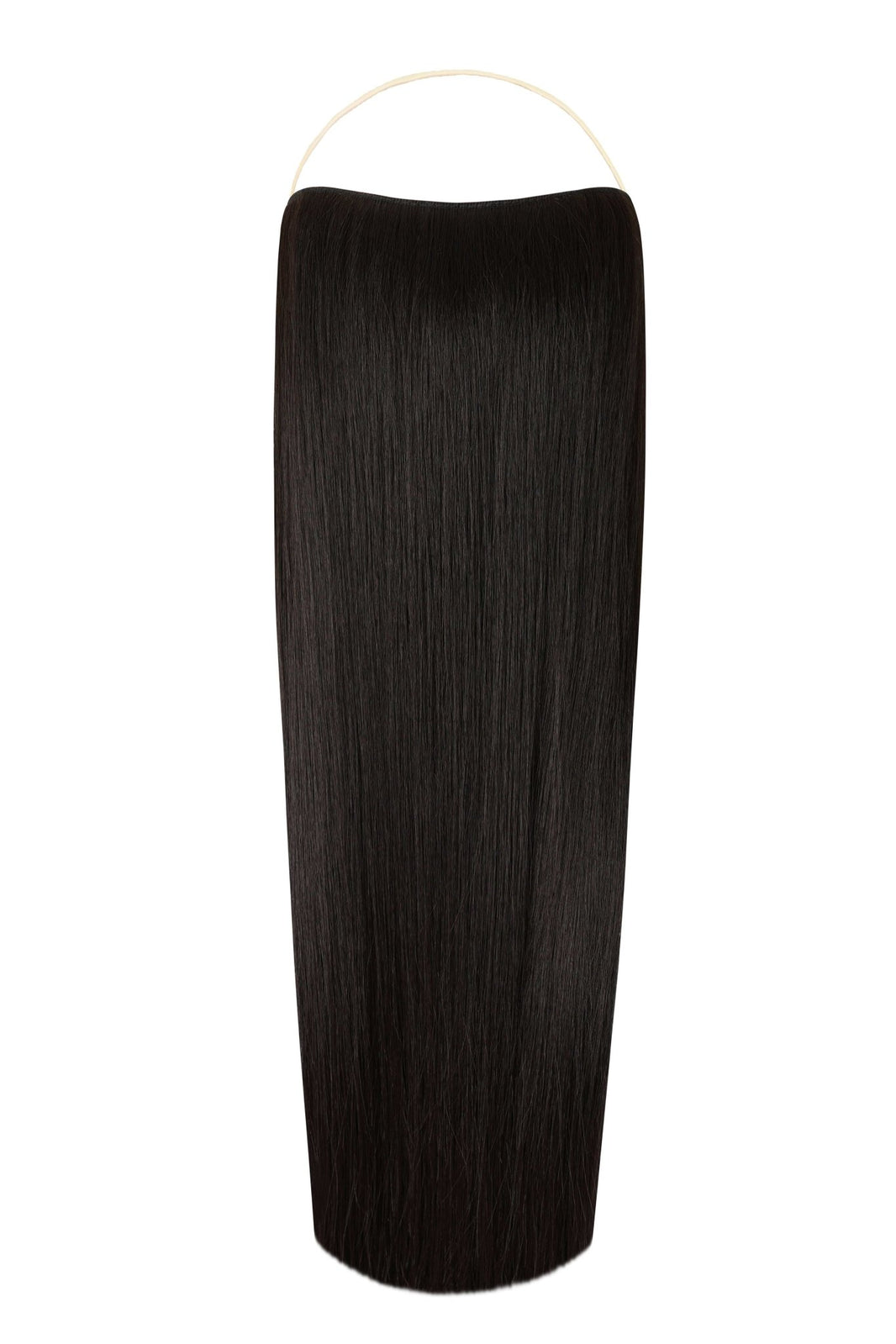
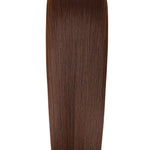
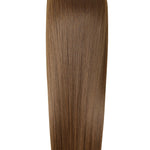
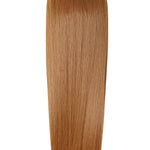
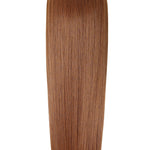

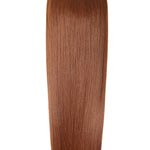

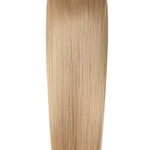
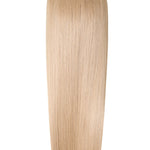
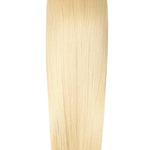
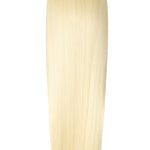
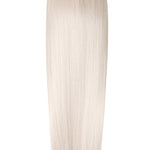
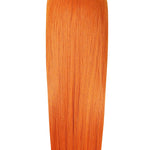


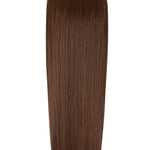
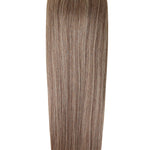
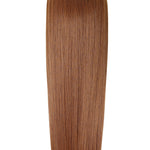
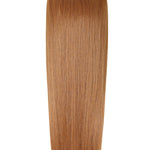
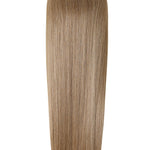
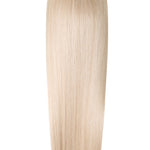
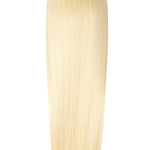
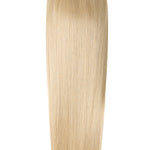
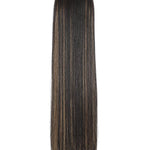
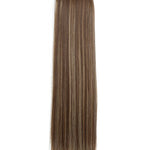
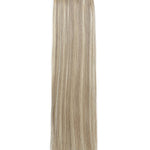
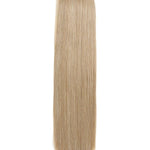
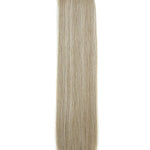
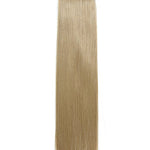
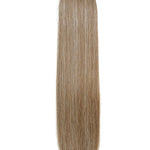
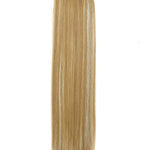
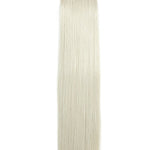



Leave a comment